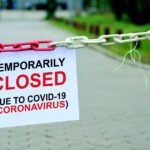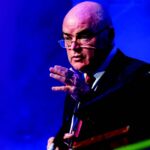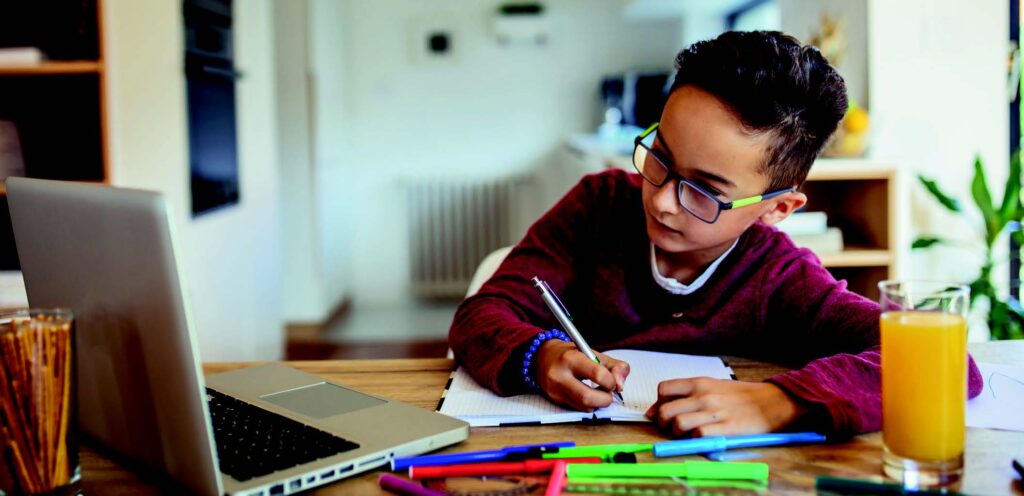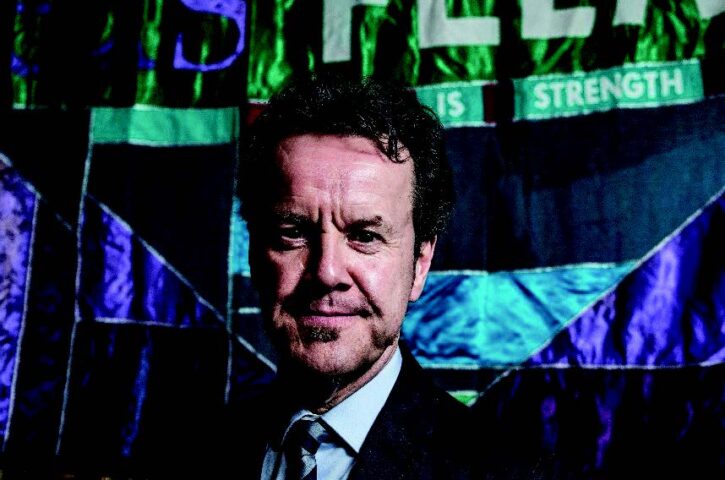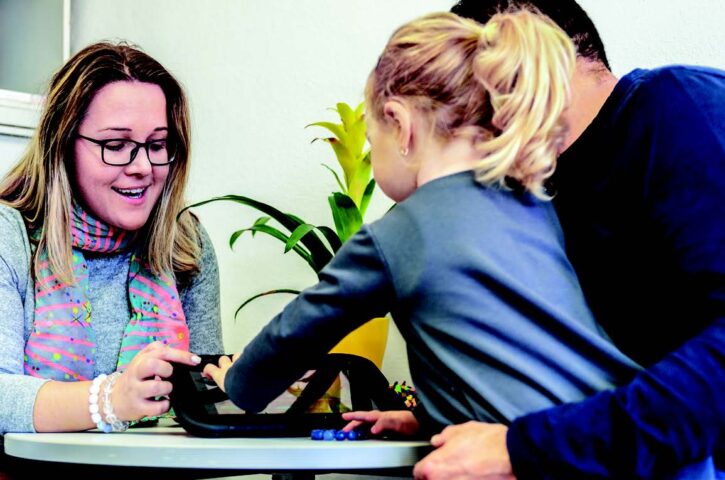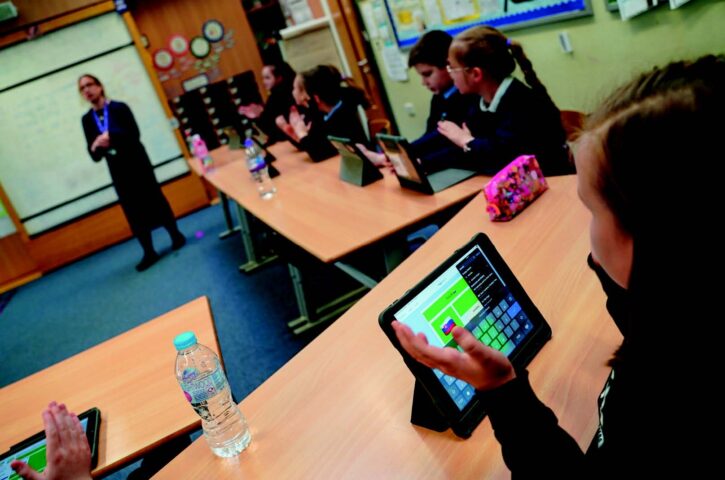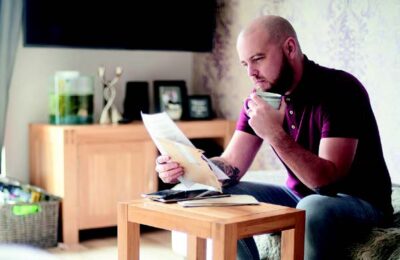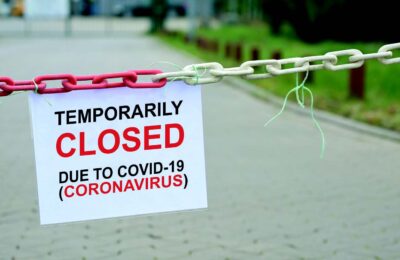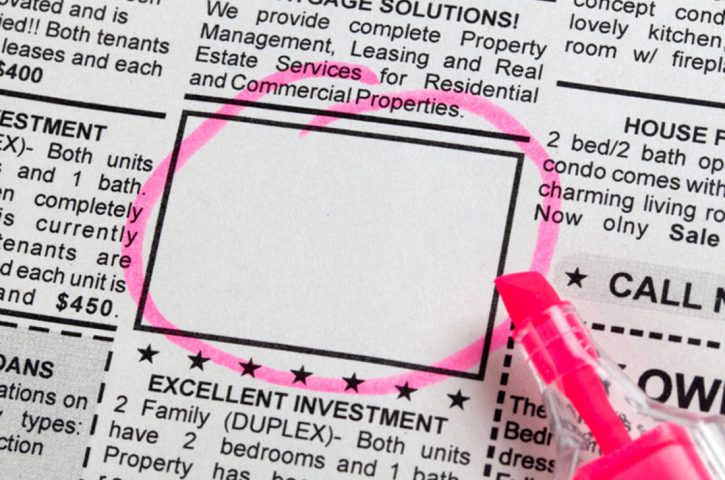Welcome to SEJ Digital February 2021
When teachers returned to work in January, it was in quite unprecedented circumstances. The decision by the Scottish Government to move schools to predominately remote learning was unexpected – though welcome, given the situation.
The EIS had been making the case for a “firebreak” around the Christmas and New Year holiday in order to minimise the risk of infection to students, staff and their families. This had been repeatedly rebuffed by the Scottish Government, which remained politically committed to keeping schools open.
Keeping schools open at all costs was, in the view of the EIS, a matter of putting politics before pragmatism. The “Not at all Costs” social media campaign was launched, highlighting members’ views and experiences of working in schools during the pandemic and calling for a move to remote or blended learning where levels of community infection were high.
The campaign certainly caught the attention of the Scottish Government, as the First Minister referred to it on a number of occasions during her daily briefings. In the end, however, it was the emergence of new variants of the virus which forced the government’s hand. With infections rising rapidly, accelerated by the virulent new strains that had developed, that led to the decision to delay the return of schools in January and to move learning for most pupils to a remote model.
The decision to move to remote learning in January was taken extremely late, allowing schools and teachers with precious little time to prepare. Despite the time pressures, Scotland’s teachers have risen to the many challenges and have delivered a greatly improved remote learning experience to that which was available during the first lockdown
Teachers and pupils have become more comfortable with the online learning experience, and early technological difficulties have largely been overcome. Schools now have a greater understanding of how best to balance online learning with other elements of home learning, allowing for a more cohesive learning experience for students.
While no one would argue that remote learning can ever be a direct replacement for in-person learning in a classroom environment, Scotland’s schools have successfully implemented a remote learning model that is providing a sound alternative in the current unprecedented and challenging circumstances.
Currently, we are uncertain just how long the current model of provision will continue. The Scottish Government announced that remote learning would continue until, at least, mid-February. While this is subject to review, it seems likely that remote learning will continue to be the norm for many pupils for some time to come.
Even when pupils do start to return to schools, this may well be based on a staggered return – for example with younger primary pupils, or pupils in secondary who are studying towards SQA qualifications, returning first. Regional variations, reflecting different levels of infection across the country, may also apply. Blended learning, to allow for small class groups and physical distancing, remains a probable solution to allow schools to re-open for pupils.
No matter what model is applied, Scotland’s teachers have demonstrated that they will rise to the challenge. The move to online learning has been extremely challenging for all concerned – pupils, teachers, parents and carers – but keeping people safe, while maintaining education provision for our young people, must rightly continue to be the focus until the virus is fully suppressed and the vaccination programme reaches everyone who requires to be protected.






